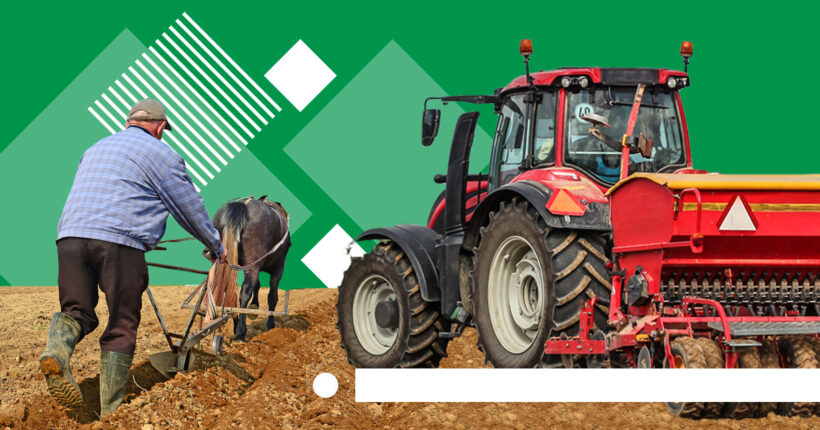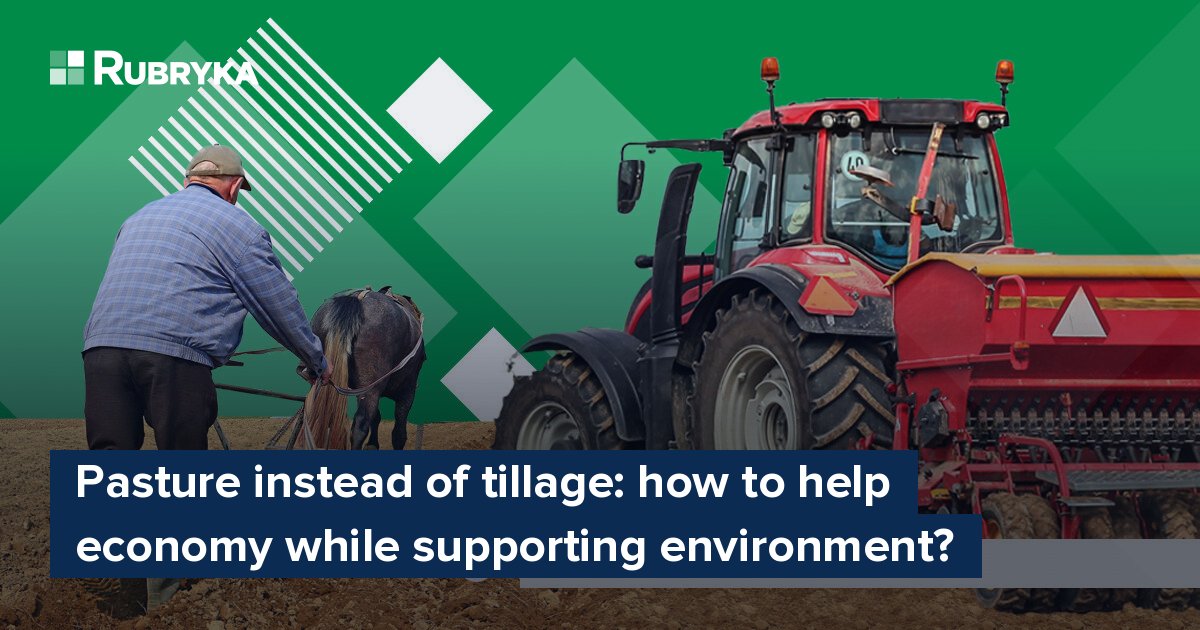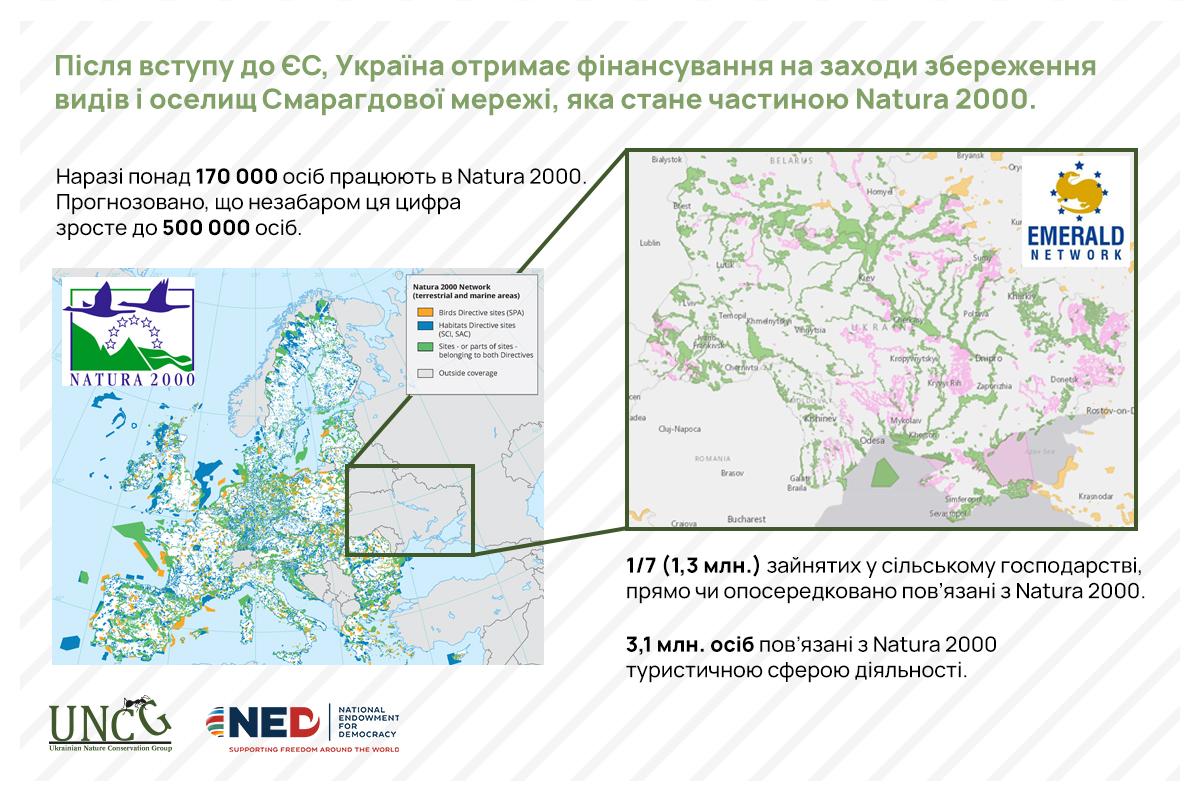
What is the problem?
Harmful myth about "breadbasket of the world"
The obsessive opinion that Ukraine is an agricultural country has "legitimized" ruthless land exploitation. As of 2019, agricultural land occupies almost 70% of Ukraine's area, of which 79% is arable land. However, these are inaccurate data: new bright spots appear on satellite images yearly, indicating another plowing of land. At the same time, Ukraine's Ministry of Agrarian Policy and Food proudly says that in 2021, the products of the agro-industrial complex accounted for the highest share in exports—41%—and almost 14% of the country's GDP ($27.7 billion).
Despite the "gain," the socio-economic development of rural areas remains low. The reason is that agricultural holdings and large enterprises use the land. Approximately 70 agricultural enterprises concentrated 25% of arable land in their hands, growing grain and oil crops, which are exhausting for the soil, mostly without observing crop rotation and other green practices. As a result, the border of the fields in some places reaches private fences, and some villages are left without pastures. They literally disappear under the intrusive plows of agricultural holdings.
In 2018–2021, 4 million hectares of land were transferred to the territorial communities. After receiving land, some communities sold it at land auctions. They were guided by possibilities to fill the budget, provide employment and promote the development of rural areas. But technology is developing—today, there is remote control technology, which doesn't guarantee the creation of jobs in villages.
According to the State Geo Сadastre, as of July 1, 2021, the average value of arable land in Ukraine was slightly more than 48,000 hryvnias per hectare, and the cost of renting state or public land did not exceed 4,000 hryvnias per hectare per year. In fact, such support for the development of rural areas is weak.
That is why it is time to introduce alternative solutions to land degradation in agriculture development and leave the narrative of the world's breadbasket in the past.
What is the solution?
Pastures and environmental protection
The solution may be precisely in the development of pastures. We explain why.
The topic of protecting the environment and combating climate change, even in the face of full-scale war, is timely. Recent studies have shown that grasslands and steppes are crucial for maintaining ecosystems and biodiversity: they retain moisture, prevent soil erosion and desertification, provide wildlife habitat, and absorb and store carbon. However, these ecosystems are rapidly turning into arable land. At the same time, due to the russian-Ukrainian war, approximately 20% of agricultural land became permanently or temporarily unsuitable for growing crops. The authorities will likely try to compensate for losses in agriculture by plowing new territories.
How does it work?
European integration in the fields
This year, Ukraine became a candidate for joining the EU. The difficult stage of adapting the legislation to European standards begins, and most importantly, it means the beginning of farming with a conscious attitude to the environment. Farmers will be tasked with becoming rural managers. Although we are a democratic country, the farmers will, of course, have a choice:
- to continue with the exhausting Soviet land use;
- Or to implement green practices, which the EU additionally finances.
Under the European Green Deal and Common Agricultural Policy, farmers can receive direct green payments for practices that contribute to achieving the EU's environmental and climate goals, particularly for supporting permanent pastures.
The total appropriation amount for the standard agricultural policy for the EU countries is €386.6 billion from 2021 to 2027. For example, Polish farmers could receive 200 euros of green payments from the European Union per hectare of land in 2021 for observing the listed ecological practices.
By the way, the EU also allocates carbon certificates for the maintenance of permanent pastures, so farmers participating in the programs will be able to sell quotas to companies seeking to offset carbon emissions. Depending on the herbaceous groups, pastures can absorb 1.7–3.1 tons of CO2/ha/year. The price for one ton of CO2 that will remain in the soil is set in the range of 40–80 dollars to achieve the goals of the Paris Agreement,
The EU Biodiversity Strategy assumes that 30% of European lands will be under protection by its completion by 2030. In Ukraine, this indicator is currently more than four times lower: less than 7% of the country's area has nature conservation status. 20 billion euros per year from EU funds and national funding will be allocated to the measures envisaged by this Strategy. That is, it will be economically profitable for communities to increase the areas under protection and implement nature-oriented solutions.
Also, after joining the EU, Ukraine will receive funding for measures to preserve species and habitats of the Emerald Network, which will become part of Natura 2000 (a network of protected areas on the territory of the European Union's member states). The union invests 6 billion euros in network management every year. The EU allocates such significant funds for a reason. They could assess the value of nature through the mechanism of so-called ecosystem services. These services include:
- carbon sequestration,
- climate regulation,
- provision of water resources,
- preservation of biodiversity, including insects that pollinate plants and animals that increase soil fertility,
- tourism services, and others.
The total revenue from ecosystem services is more than 200 billion euros. And pastures will also help in their implementation.
In 2020, the EU Commission published the results of a pan-European assessment of ecosystems, which showed that 50% of the land on which pollinating crops are grown suffers from a pollination deficit. The best way to remedy the situation is to create natural pastures, which serve as habitats for insects near arable land. In this case, of course, you cannot use pesticides and insecticides to cultivate the fields. The EU Commission has calculated that the economic value of pollinating insects to crops is approximately €3.7 billion annually.
Natura 2000 territories have also become attractive for tourism, recreation, sports, and cultural events. It is estimated that in 2006, tourists spent 50–85 billion euros visiting Natura 2000 sites. These funds in the European Union are spent on creating up to 8 million jobs, maintaining the proper state of natural areas, arranging recreation areas, laying ecological trails, and other related costs.
Even more helpful solutions!
Nature protection doesn't always mean complete prohibitions. The combination of nature conservation and economic activity is economically beneficial. After all, the creation and preservation of pastures in the near term:
- will help to counteract climate change;
- will preserve natural areas and biodiversity;
- will enable the fulfillment of international obligations;
- will contribute to tourism development;
- will ensure the economic development of communities.
While we are all waiting for victory with inspiration and faith, now is the time to plan further Ukraine's sustainable nature-oriented development. Farmers and communities are faced with the choice of continuing to live in the old way, plowing the land as much as possible, or trying to preserve it to develop, making money from green practices.







